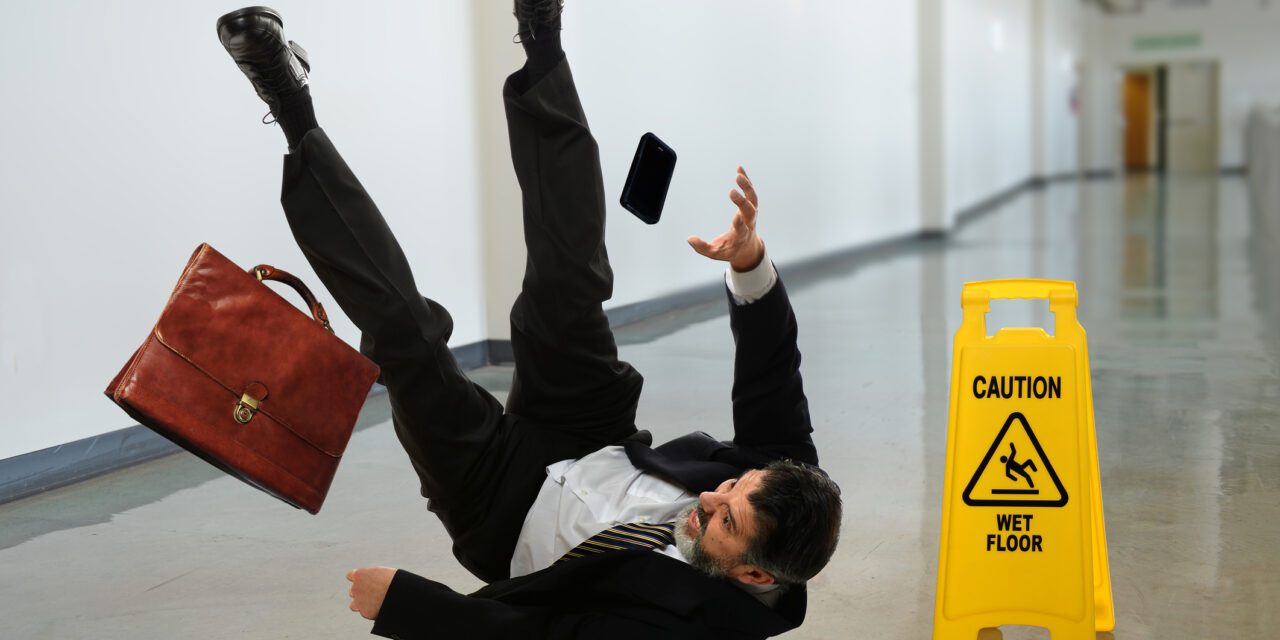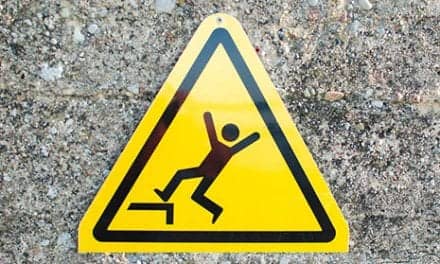A new smart insole can track workplace slips, trips, and falls to help companies and employees mitigate risks in the workplace.
Professor Lim Chwee Teck from the National University of Singapore’s (NUS) Department of Biomedical Engineering collaborated with NUS start-up, FlexoSense, to develop a smart insole that can track workplace slips, trips, and falls (STFs) in real-time and detect a person’s balance.
The insole will allow companies to identify the location of an incident and highlight STF risk areas to implement suitable mitigation measures.
Slips, trips, and falls remain the top causes of major injuries in the workplace. Timely detection of STF risks is crucial in helping to enhance workplace safety and health, particularly in industries such as construction, maritime, manufacturing, and transportation and storage.
The smart insole has pressure sensors to track foot pressure and an inertial measurement unit sensor to measure changes in motion. When an STF occurs, the body will initially try to maintain balance by exerting pressure on the feet to break the STF. The smart insole can pick up these unique changes in pressure exerted by the feet, and a person’s orientation, to determine if an STF has occurred.
Changes in foot pressure and motion due to an STF are then recorded and measured in real-time to generate balance profiles of different users, which could help assess workers’ deployment for various tasks. Additionally, the smart insole can detect falls from height as they have distinct velocity profiles compared to falls on level ground.
Information gathered from the smart insole can be easily accessed by workers through a mobile application and by company management via a dashboard. The digitalization of STFs enables timely reporting and greater transparency instead of relying on workers or safety officers to file manual reports.
The insole can also be custom-fitted via foot scanning and subsequent 3D printing production.
“Usually, slips, trips, and falls are unreported. By deploying this smart insole solution in the workplace, companies can be proactive in mitigating these incidents,” said Lim. “When a person encounters a slip, trip, or fall, there will be unique changes in motion as well as pressure distribution exerted by the feet. Our smart insole captures the information automatically, and by tracking these changes, companies can identify high-risk areas in the workplace and implement preventive measures in a timely manner.”
Over time, the data collected from the smart insoles worn by workers, along with other worker-related metrics, can be used to implement best workplace practices on safety and health.
Additionally, the team is looking into future applications and commercialization of the smart insole to mitigate STFs in construction, aviation, manufacturing and other industries.
Photo 42137345 © R. Gino Santa Maria / Shutterfree, Llc | Dreamstime.com





